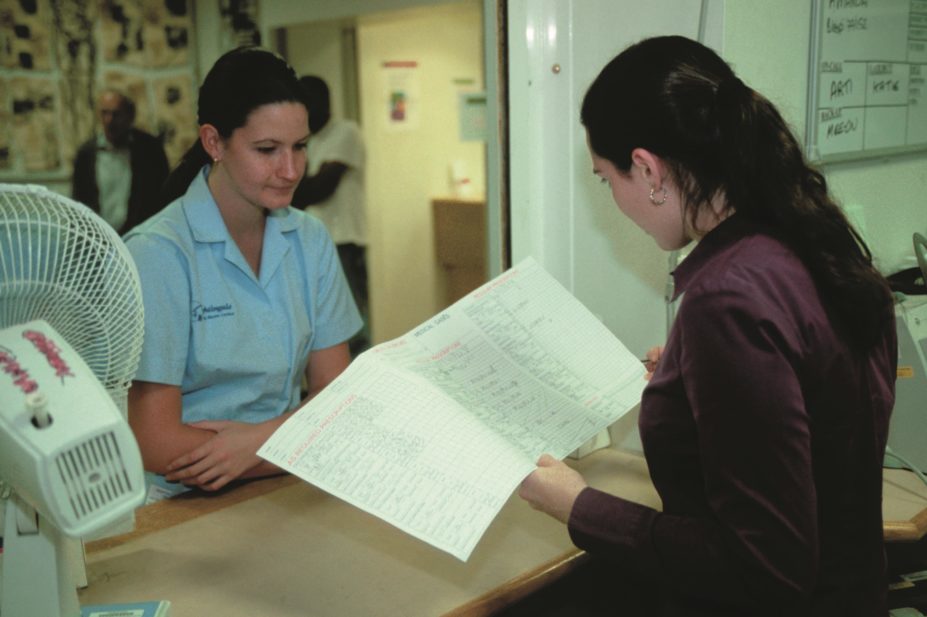
Photofusion Picture Library / Alamy Stock Photo
A set of interventions designed to reduce prescribing error rates among junior doctors, including a system for identifying the prescriber and offering feedback, has failed to have a significant impact on error rates, the findings of a study show.
However, the researchers, led by Bryony Dean Franklin from UCL School of Pharmacy, London, say feedback has the potential to support learning.
“Attempts to produce a measurable reduction in prescribing errors are likely to need a multifaceted approach of which feedback should form part,” the researchers report in BMJ Quality and Safety
[1]
(online, 4 April 2016).
The UCL team developed interventions targeting inpatient medication orders and discharge prescriptions from foundation year 1 junior doctors. These included the use of personalised name stamps to improve prescriber identification, an agreed approach for pharmacists to use when providing feedback on individual prescribing errors, and a way to share learning among all junior doctors.
The interventions improved prescriber identification, which increased from 10% to 50%, along with quantitative and qualitative improvements to experiences of feedback. However, there was no significant overall reduction in prescribing error rates.
The researchers offer some explanations of why they were unable to detect a reduction in errors: the fact that prescribers still could not be identified for 50% of prescriptions; and that prescribing errors may result from system problems, such as those related to medication reconciliation on admission, and so are less likely to be improved through feedback to individuals.
Prescribing errors occur in up to 15% of medication orders written in UK hospitals, and this is estimated to result in harm for 1-2% of patients, caused by dispensing inappropriate medicines, incorrect doses of the correct medication, or the wrong medication.
“Prescribing safety is of paramount importance to all pharmacists and particularly those working in hospitals where the most junior medical staff are based,” says Graeme Richardson at South Tyneside District Hospital, South Shields, and vice president of the Guild of Healthcare Pharmacists.
Richardson notes that while the legibility of doctors’ signatures is useful when providing feedback on errors, the move to electronic prescribing and medicines administration means this is “no longer an issue”. He also points out that prescribing errors are not necessarily the fault of junior doctors.
“In South Tyneside, our experience of evaluating errors showed that more senior doctors were more likely to make errors on inpatient (and discharge prescriptions) as a proportion of their prescribing, probably because they do it less frequently,” he says. “Also there is a significant issue with locum staff as they cause a large number of errors because of unfamiliarity with charts and policies, on account of their transient roles.”
Richardson sees a number of potential solutions, including using ward-based pharmacists who are integrated into medical teams, and interprofessional learning involving final year medical, pharmacy and nursing students, which can foster relationships between specialisms. He adds that other measures that could improve errors when handwritten orders are required include better design of medicines charts and training on local prescribing policies.
References
[1] Reynolds M, Jheeta S, Benn J et al. Improving feedback on junior doctors’ prescribing errors: mixed-methods evaluation of a quality improvement project. BMJ Quality and Safety 2016. doi: 10.1136/bmjqs-2015-004717
You may also be interested in

Clinical pharmacists in GP practices improve quality of prescribing, study suggests

Coroner raises concerns over pharmacists being unable to amend prescriptions following death of toddler
